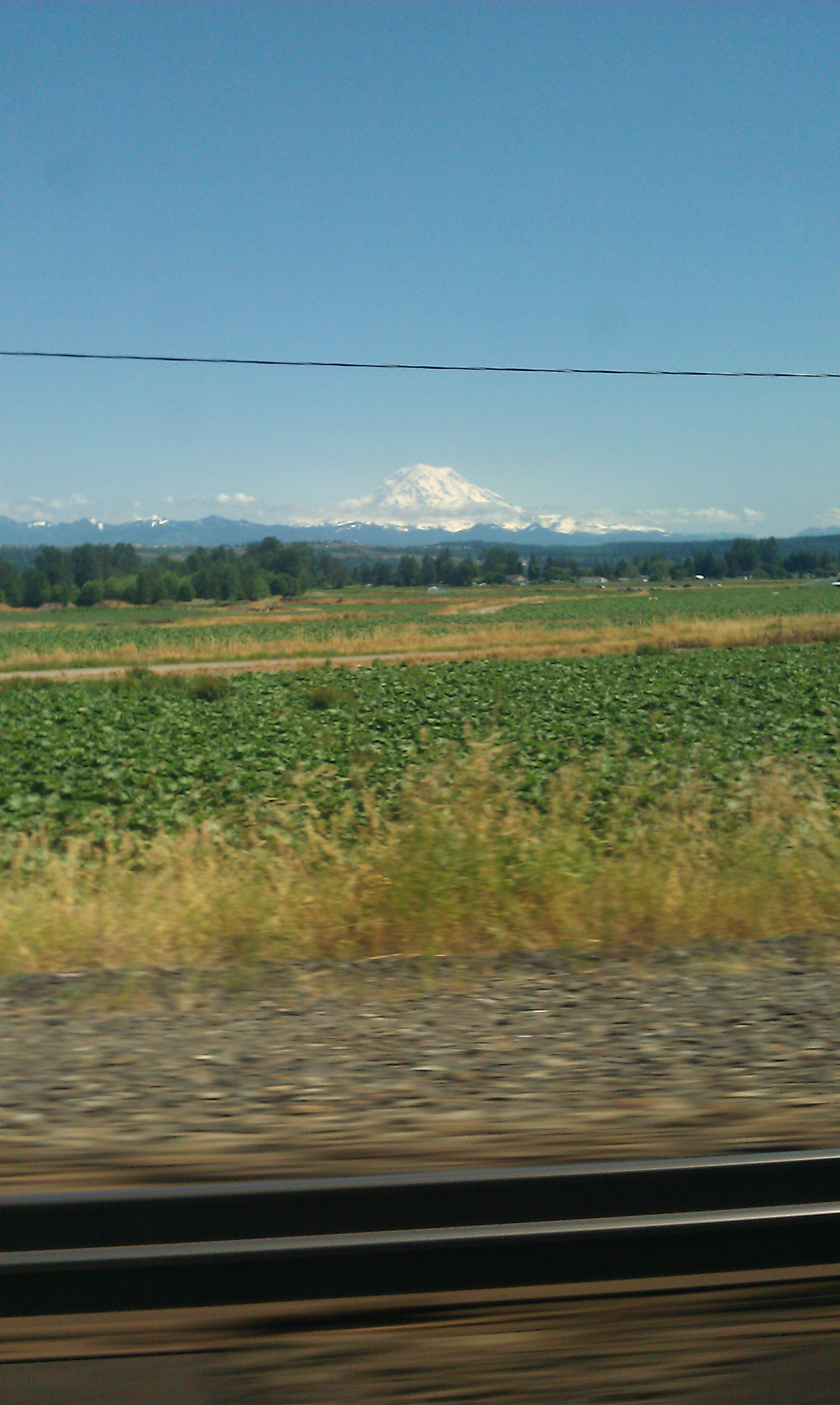February 12, 2022
AAWA Responds to Proposed State Transportation Budget
All Aboard Washington is concerned that the 2022 Move Ahead Washington package does not take advantage of, or plan to leverage, the $66 billion in Federal funds for rail that the Bipartisan Infrastructure Bill (BIL) provides. This funding will be central to helping the state achieve its stated climate, traffic reduction, and transportation safety goals.
The state’s 2019 Rail Plan says:
“Further study is needed for the Legislature to determine if an east-west intercity service is warranted. A more up-to-date and in-depth study would provide insight into whether intercity passenger rail service would be beneficial and feasible. Preliminary studies like this are used by decision makers to provide insight into the potential direct and indirect effects the service would have for Washington." (p. 84)
We now know, from the July 2020 JTC-directed study, that east-west service via Stampede Pass is technically and operationally feasible. Washington State has co-invested and otherwise prepared our state to obtain funds from the federal government over the past three decades with an extremely successful policy. Now unexplainably absent from this new package is any mention of follow-on work needed to determine the return on investment of east-west passenger rail service.
Amtrak Cascades train service, running between Vancouver, B.C., and Eugene, OR, has been highly successful. The time has come to improve Amtrak Cascades service, and spread its benefits by providing similar east-west passenger rail service in our state. Our federal government is rightfully, after decades of half measures, stepping up to invest in an improved national passenger rail network. This dramatic investment will increase ridership and raise the standards of our passenger rail program to those that Californians and the North Eastern Corridor states enjoy. Washington State is on the verge of missing this once-in-a-lifetime opportunity by neglecting to invest in the future of passenger rail in its own transportation package.
The Cascades service could be enhanced to perform similarly to California’s Capitol Corridor and Pacific Surfliner services: frequent all day service, boasting multimillion passenger ridership, serving to substantially bolster local economies and minimize carbon footprints up and down our I-5 corridor. The federal government could potentially provide our state much of what is needed to complete this vision within the timeline of this transportation package, representing monumental benefits to the people of Washington State.
The details of this unprecedented Bipartisan Infrastructure Law are still being developed. Matching funds will likely be required of Washington; however, the Move Ahead Washington plan makes no provision for matching funds, nor for any conceivable improvement in existing service. Washington State needs to prioritize projects and aggressively compete for these newly available federal funds so Amtrak Cascades can, after decades of modest investments, reach its full potential.
Washington State Department of Transportation (WSDOT) has been instructed by the Legislature to develop a Service Development Plan (SDP) for the Amtrak Cascades.
In order to leverage our state’s prior investments, the Legislature needs to ensure that the SDP includes service goals commensurate with those contained in the “Long-Range Plan for Amtrak Cascades” (2006) Seattle-Portland travel time of 2 hours 30 minutes,
- Seattle-Vancouver BC travel time of 2 hours 45 minutes,
- All current stops,
- Maximum headway 1 hour, clock-face schedules,
- Minimum service day 6 am until 8 pm first and last departures from endpoints.
This plan represents best practices of proven programs in California, and of those presently being developed by the Commonwealth of Virginia. It is reasonable, achievable, and thanks to the recent federal infrastructure bill, can be affordable for our state.
WSDOT must expedite completion of the SDP to be positioned to acquire federal funding for rail improvements in Washington state that will help meet our climate, traffic reduction, and transportation safety goals.
Kathy Davis, President
Charles Hamilton, Co-Executive Director
Luis Moscoso, Government Affairs Director
Gary Wirt, Vice President
Abe Zumwalt, Board Member
All Aboard Washington
